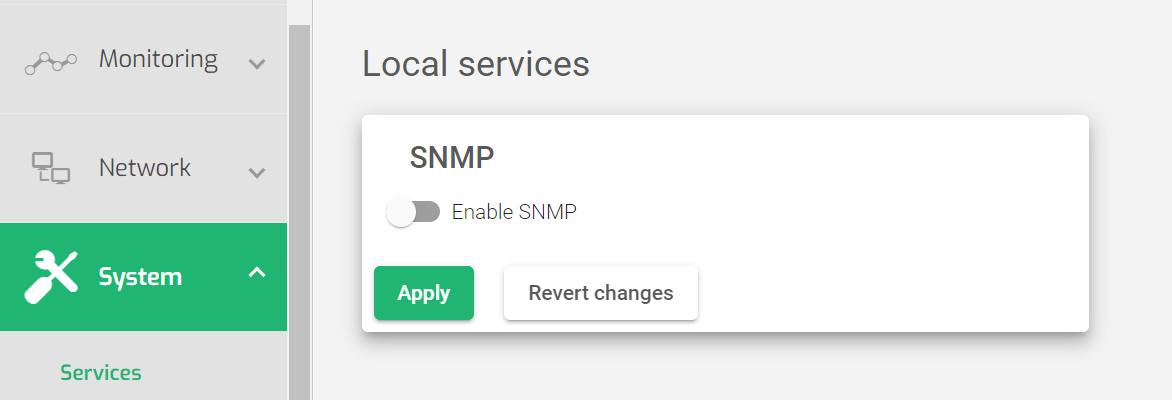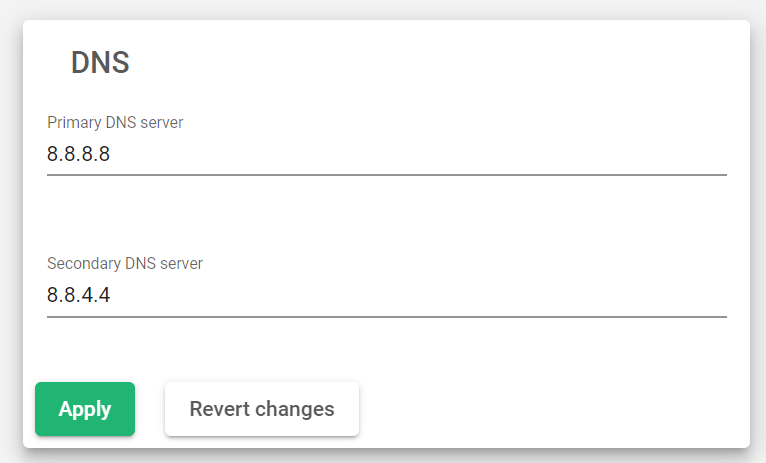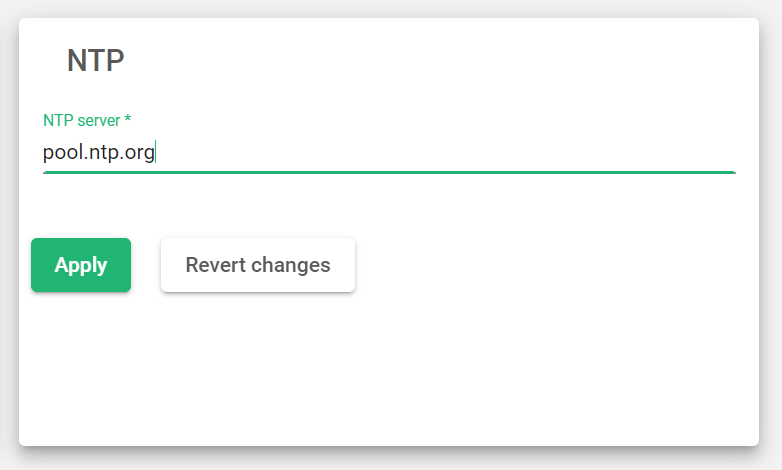Contents
Local Services
The Local Services section in SKUDONET allows you to manage internal services on the load balancer. The community edition of SKUDONET supports the SNMP service.
SNMP Service
SNMP stands for Simple Network Management Protocol. It is a protocol that allows you to monitor and manage network devices. SNMP is widely used by network administrators to monitor the performance and health of their networks.
How to use SNMP in SKUDONET
To use SNMP in SKUDONET, you need to enable the SNMP service and configure the necessary settings.
To enable the SNMP service:
-
- Go to the System > Services > Local services page.
- Toggle the Enabled SNMP button to ON.
Once the SNMP service is enabled, A form will appear. Use it to configure the necessary settings.
The following settings are required:
- Physical interface where is running SNMP service: The interface where the SNMP service will run.
- Port: The port where the SNMP service will be bound. The default port is 161.
- Community name: The community name is used to authenticate SNMP clients. By default, the community name is public.
- IP or subnet with access (IP/bit): The client subnets or addresses that are allowed to access the SNMP service. To allow access from only one IP address, use the netmask bit /32.
Example
To allow SNMP access from the IP address 192.168.1.100, you would configure the following settings:
- Physical interface where is running SNMP service: eth0
- Port: 161
- Community name: public
- IP or subnet with access (IP/bit): 192.168.1.100/32
Once you have configured the SNMP service settings, click the Apply button to save your changes.
The SNMP service will be started immediately.
Remote Services
The Remote Services section in SKUDONET allows you to manage external services that are provided to the load balancer. These services include:
- DNS (Domain Name System): DNS is used to resolve domain names to their corresponding IP addresses.
- NTP (Network Time Protocol): NTP is used to synchronize the system clock of the load balancer.
- Let’s Encrypt: Generate and Verifies SSL certificates for a registered domain.
DNS Services
The DNS service in SKUDONET is used to resolve domain names to their corresponding IP addresses. The DNS server configuration is stored in the file /etc/resolve.conf. This file is automatically updated when you change the DNS server settings in SKUDONET.
Required settings:
-
- Primary DNS Server: The IP address of the primary DNS server. The default IP address is 8.8.8.8.
- Secondary DNS Server: The IP address of the secondary DNS server. This field is optional, but it is left blank by default.
Example:
To configure the DNS service in SKUDONET:
- Enter the IP addresses of your primary and secondary DNS servers in the corresponding fields.
- Click the Apply button to save your changes.
NTP Service
The NTP service in SKUDONET is used to synchronize the system clock of the load balancer with an external NTP server. This is important to ensure that the load balancer has accurate timekeeping, which is essential for many applications.
Required settings:
-
- NTP Server: The IP address or domain name of the NTP server to which the load balancer should connect. The default value is pool.ntp.org.
Example:
To configure the NTP service in SKUDONET:
- Enter the IP address or domain name of your NTP server in the NTP Server field.
- Click the Apply button to save your changes, The NTP service will be updated immediately.
Let’s Encrypt
Let’s Encrypt is a free, automated, and open certificate authority (CA) that provides digital certificates to secure websites. A digital certificate is a file that binds a cryptographic key to the identity of a website. This allows the website to authenticate itself to users and provide a secure connection.
Required settings:
-
- Email: The email address that you want to use to receive notifications about your Let’s Encrypt certificates.
Next Article: System | Backups





